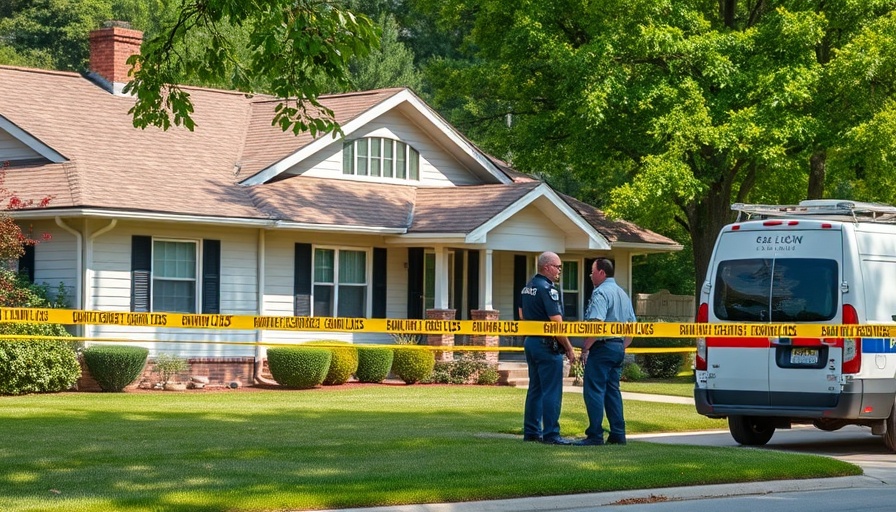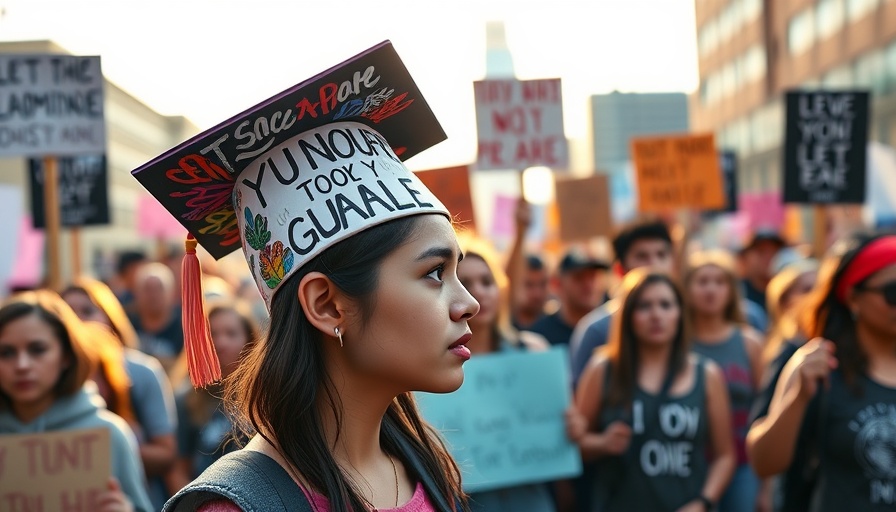
San Antonio’s Progress: A 20% Drop in Homicides
In a remarkable turn of events, San Antonio has reported a 20% decrease in homicides during the first half of 2025 compared to the same period in 2024. This substantial reduction follows a surge in violence during the pandemic, marking a pivotal shift for a city that experienced some of the highest homicide rates in recent years.
Understanding the Shift: Factors Behind the Decline
The Council on Criminal Justice has highlighted that while San Antonio's decrease in homicides isn't the largest among major U.S. cities, it signifies an important trend reversal. The city recorded 231 murders in 2022, peaking during a period marked by COVID-19-related disruptions and social unrest. The sharp rise reached its zenith with the tragic discovery of 53 migrants found dead in a tractor-trailer, which painted a stark portrait of the city's escalating crisis.
Hot Spot Policing: The Game Changer
A significant factor contributing to this positive trend is the innovative San Antonio Violent Crime Reduction plan initiated by the local police. This strategy involves deploying officers to specific 'hot spots' during peak crime hours. Evidence from an evaluation by the University of Texas at San Antonio indicates that violent crime rates fell by 22% in these targeted areas, surpassing the citywide average of 9.6%.
National Trends: Mixed Bag for Urban Growth
The national landscape paints a complex picture. Cities like Nashville and Colorado Springs have witnessed sharp increases in homicides since 2019, while others, such as Baltimore and Virginia Beach, are experiencing notable decreases. As San Antonio's homicide rate aligns closer to pre-pandemic levels, it's essential to assess the underlying causes of these shifts globally.
Rebuilding Community Trust: A Long Road Ahead
The reasons behind these violent trends remain convoluted. Factors like shifts in daily routines, changes in law enforcement strategies, and increased economic stress have all played a role. Moreover, diminished trust between communities and the police may have initially exacerbated the violence during the pandemic, emphasizing the broader societal issues at play.
Looking Forward: The Road to Continued Safety
As San Antonio continues to embrace strategies aimed at reducing violence, the commitment from law enforcement to adapt their resources to address the root causes of crime reveals a deeper understanding of what it takes to enact change. Local authorities stress their dedication to leveraging these promising results to enhance preventive measures and community support.
What Can We Learn From This Progress?
San Antonio’s recent crime statistics encourage other cities grappling with similar challenges to not only focus on immediate response tactics but also to foster long-term relationships within their communities. Effective policing strategies paired with community support can lead to sustained improvements, highlighting the necessity of a balanced approach to public safety.
In conclusion, while the momentum gained in reducing crime is encouraging, continued vigilance and adaptability will be paramount in ensuring San Antonio does not become complacent. Lessons learned here can be significant for cities across the country as they endeavor to navigate complex social landscapes and improve public safety.
 Add Row
Add Row  Add
Add 




Write A Comment